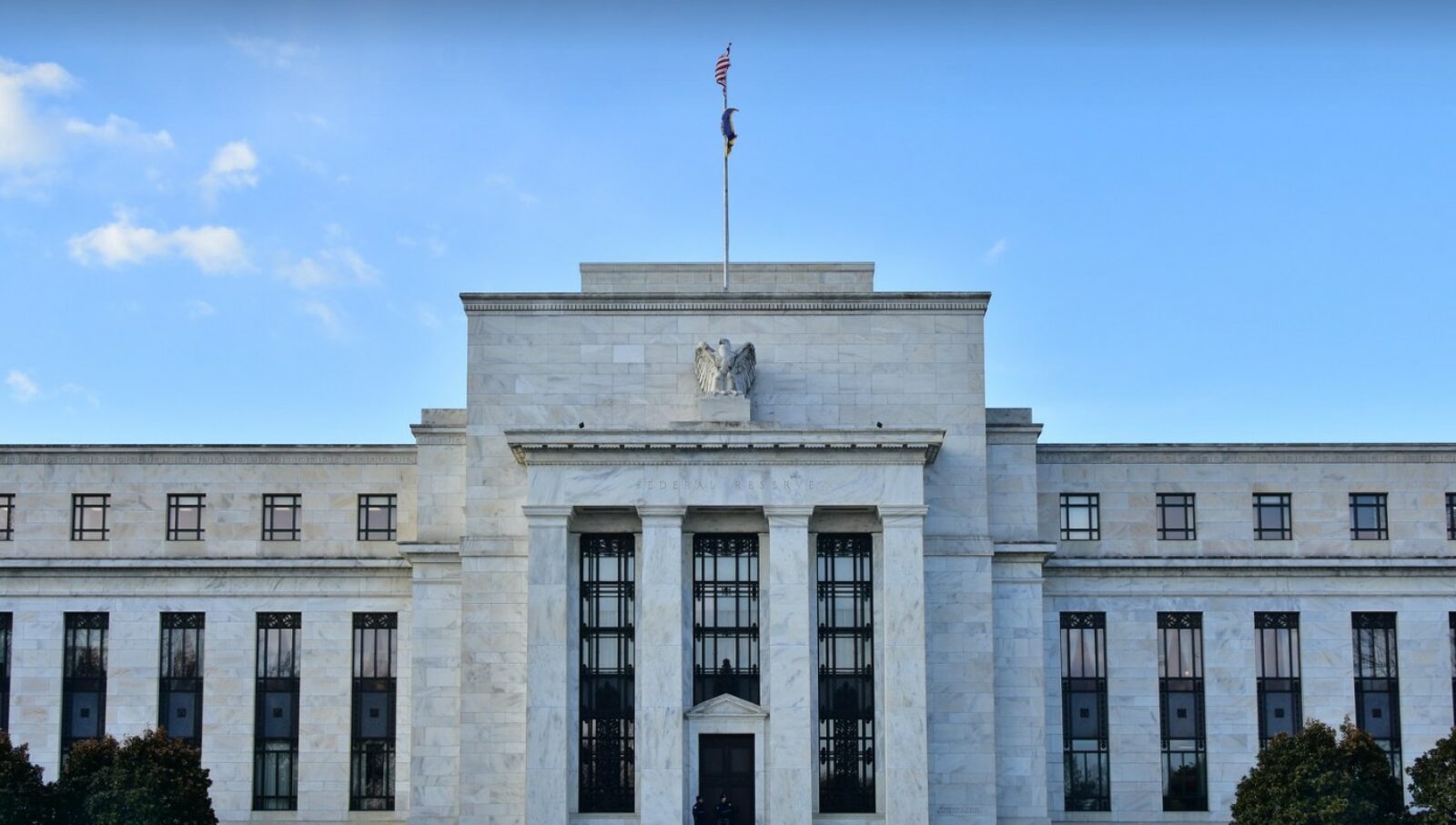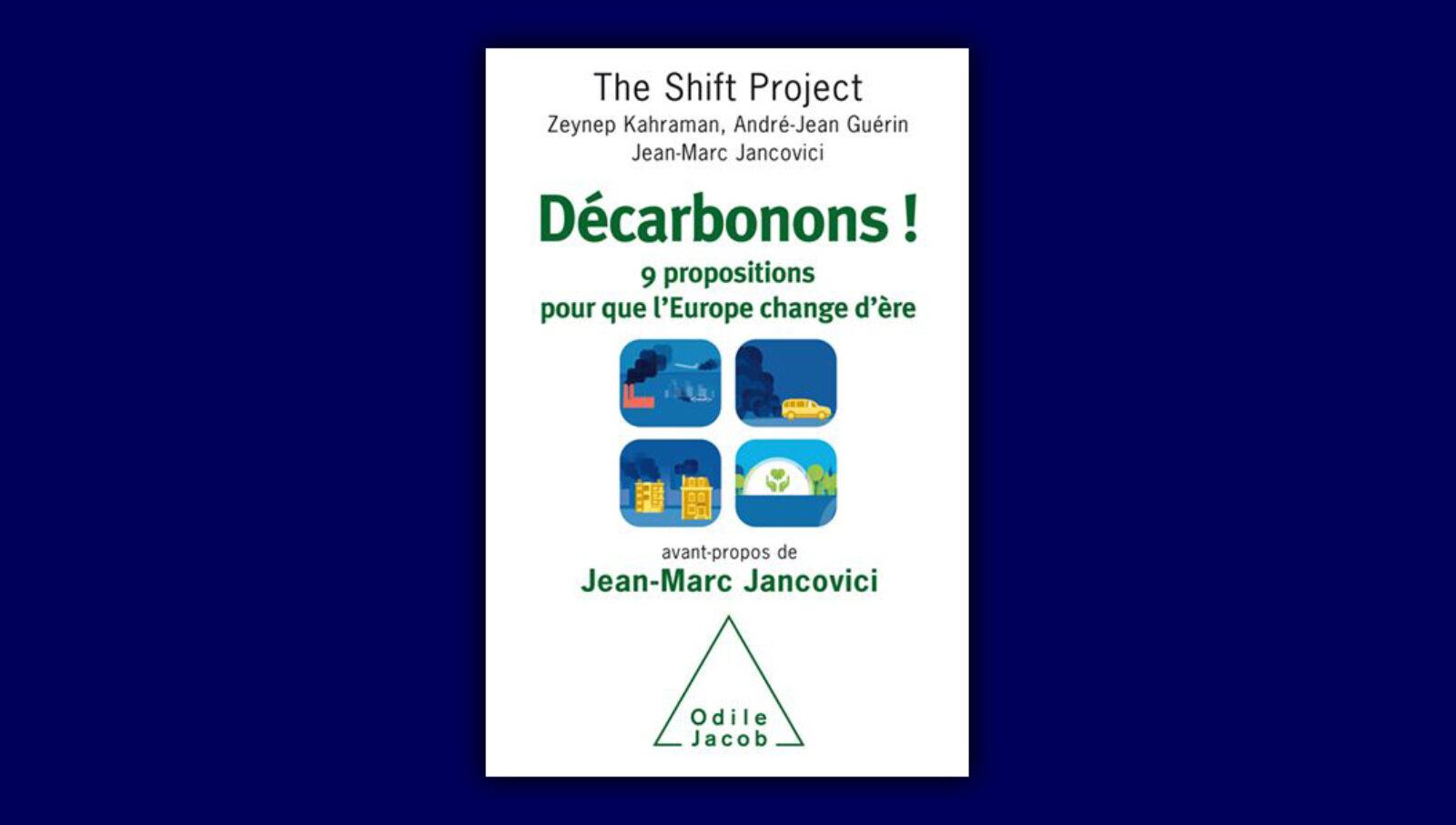31 July 2012
Is the Green GDP a flawed index ?
Our article in Les Échos
31 July 2012
Our article in Les Échos

In an opinion piece published in French economic daily Les Echos, Pierre Lachaize, head of the Indicator project at the Shift, argues that the Green GDP (or “inclusive wealth index”) is too much of an aggregator to achieve sustainable development.
Green GDP – or, more precisely, the “inclusive wealth index” – was first mooted by the United Nations Environment Program (UNEP) at the Rio+20 conference on sustainable development.
Green GDP involves adding “development of human capital” and “development of natural capital” to the volume of production conventionally measured by GDP. The idea behind it is interesting. Output that is accompanied by a deterioration in human capital (e.g. in terms of health or education) or by environmental damage (e.g. through CO2 emissions or deforestation) is reduced by the amount of capital thus consumed. Conversely, any enhancement of human or natural capital constitutes in itself a form of output that can be added to GDP.
UNEP accordingly compared growth in GDP per capita with green GDP per capita for 40 countries over a nineteen-year period, from 1990 to 2008.
For China and India – the two countries with the strongest economic growth (9.6% and 4.5% annual average per capita growth) – the rates of green GDP turn out to be significantly lower, at 2.1% and 0.9% respectively. Their economic growth has been achieved in part by drawing down their human and natural capital. But their green GDP remains positive, as if to signal that the two countries’ development models were generally acceptable: economic growth offsets the destruction of natural capital.
Economic growth in Germany and France has been more limited (Germany: +1.5%, France: +1.3%), but their green GDP (at +1.8% and +1.4% respectively) has risen faster than the standard measure. Once again, green GDP seems to endorse an apparently virtuous model of growth: economic development goes hand in hand with a greater development in natural and human capital.
It seems reasonable to assume that the green GDP index was designed so that upward movement would be a sign of sustainable development. It is hard to believe, however, that the development models of emerging powers like China and India, or of old industrialized countries such as France and Germany, might be sustainable. In practice, green GDP is open to serious criticism.
How can one compare a child educated with a hectare of forest protected, a ton of CO2 emitted, a species saved from extinction, or a moped manufactured? Depending on how you attribute values and weightings to these different factors, you can in fact obtain any ranking you want, even putting China first, or India, or France, or Brazil, or, for that matter, Niger.
In reality, the green GDP index cannot be used as a guide for sustainable development. By aggregating too many dimensions, it loses any real informational content. It is therefore highly questionable both in terms of the messages it conveys and in the way it is established. For these reasons, it seems unlikely that green GDP will ever attract sufficient consensus to dethrone GDP as we know it. The conventional index has already reached an excessive level of aggregation. Any further aggregation would only make our evaluation processes more arbitrary, our interpretations more confused, and the whole picture even fuzzier than before.
GDP should go down in history as the “high-water mark of aggregation”. It will have no successor, progressively disappearing from certain usages, replaced by other indicators that better fit each particular purpose. We need to establish a battery of indicators, which may themselves be aggregate values for specific themes, if we are to acquire a genuine capacity to manage our own development.
20 Jan. 2021|Blog
Is monetary policy (carbon) neutral ?

16 Apr. 2018|Blog
European Commission’s Action Plan for Sustainable Finance

19 May. 2017
Décarbonons ! 9 propositions pour décarboner l’Europe

24 Apr. 2017|Blog
Climate change: the economic world is calling upon the next president to set a (really) commensurate strategy with the Paris Agreement
